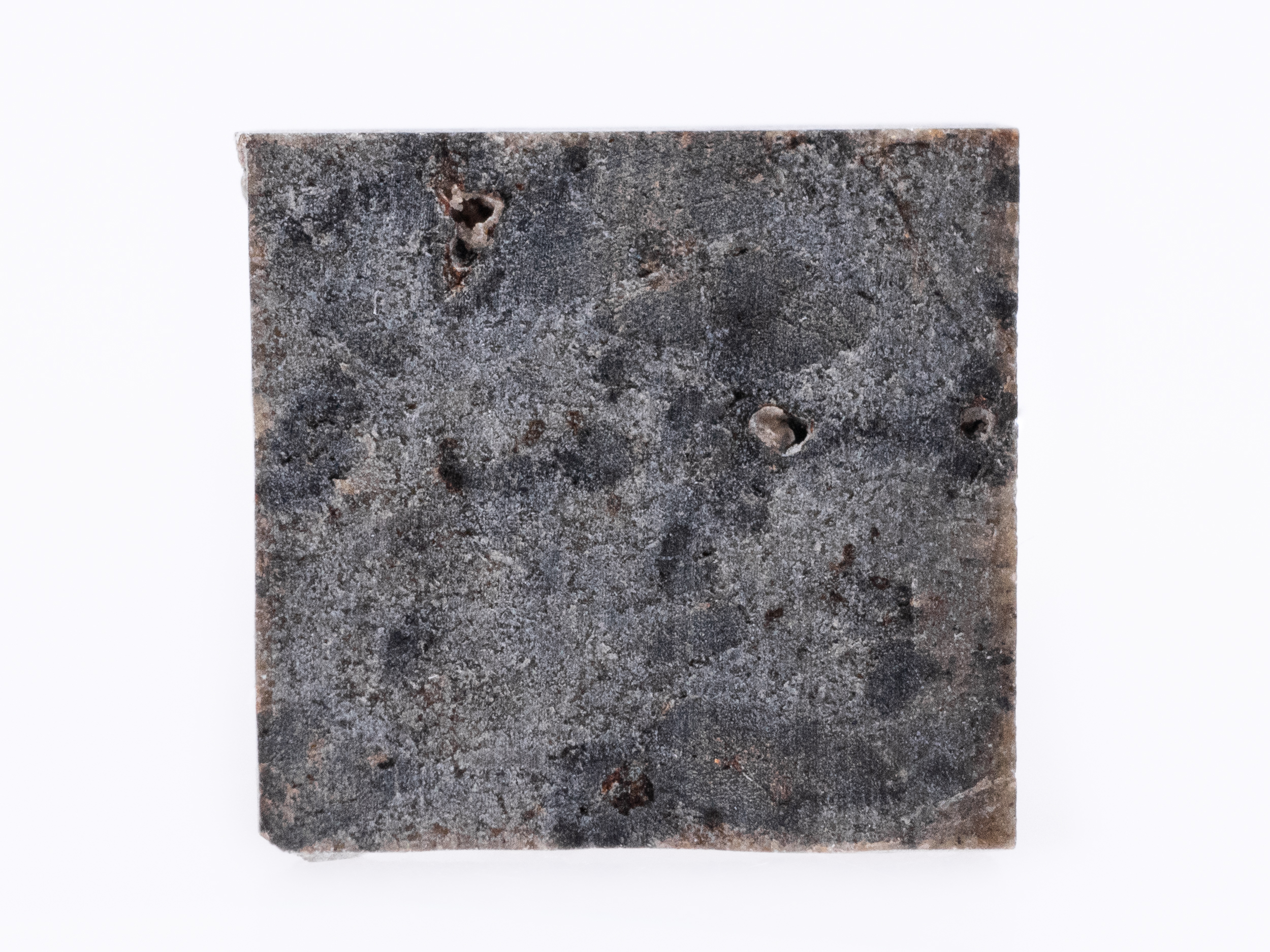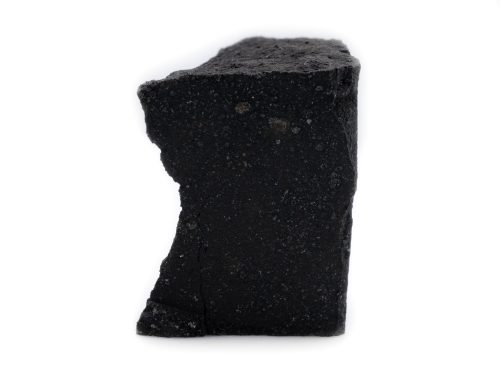Description
Dar al Gani 476, or DaG 476, was named after the region of the Libyan Sahara in which it was found on May 1, 1998. Deserts are prime meteorite hunting locales because they’re flat, relatively featureless, and light-colored areas where rocks of cosmic origin can be easily spotted against stand and terrestrial pebbles. DaG 476 is classified as basaltic Martian shergottite and is composed of pyroxene, olivine, and feldspathic glass, with small amounts of impact melt pockets and other materials.
Martian shergottites are named after the Shergotty meteorite that fell in India in 1865 and consist of two subgroups, basaltic and iherzolitic. DaG 476 belongs to the basaltic variety; these are meteorites which may have crystallized as recently as 180 million years ago, which is surprising to researchers considering how old they believe the surface of Mars to be. These meteorites are silicate–referring to the crystallization of molten material as it cools–rocks, which scientists believe may have originated from the crater Mojave, believed to be 3 million years old. Mojave, named after the Mojave Desert in the southwest because of their similar landforms, is estimated to be the youngest rayed crater on Mars.
Chemical analyses of meteorites tell a story scientists can only begin to piece together about what they are, where they came from, and how they got here. Being a rock of suspected Martian origin, DaG 476 has been widely studied and analyzed in the lab to better understand the Red Planet and to explore the effects of terrestrial weathering on meteorites found in hot, desert climates.






Reviews
There are no reviews yet.